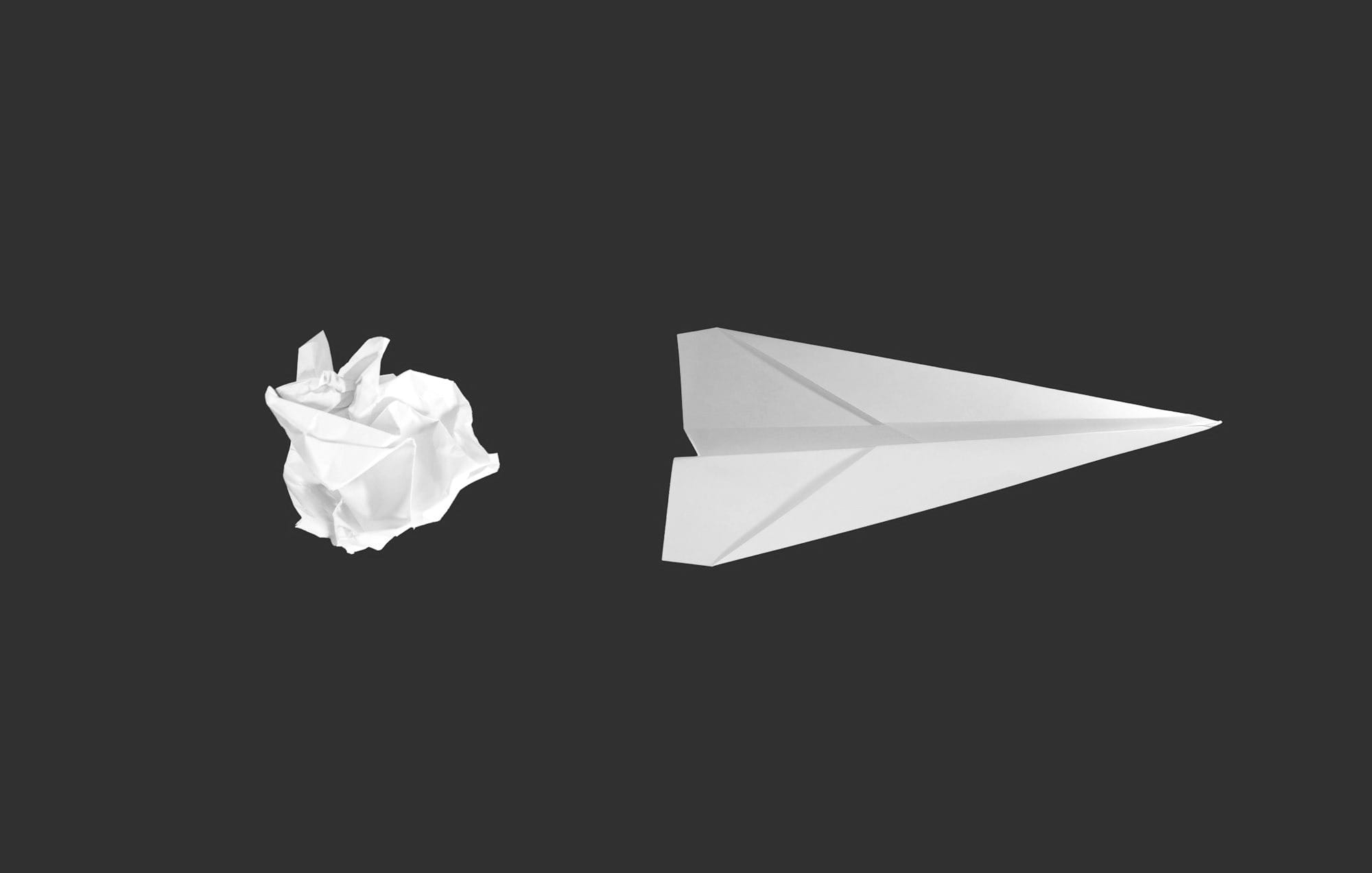It's Damn Easy to Innovate
Innovation is simply re-arranging.

Our talk-the-talk (here) is about how to walk-the-walk.
The question is:
Can we also walk the walk?
Can we eat our own dog food?
Let's put that to the test.
The Innovation Challenge
We repeatedly discuss innovation. So, let's now set ourselves the challenge of doing two things:
We must define:
1.) ... what innovation is
2.) ... in an innovative manner
Regarding point (2), we will:
a.) Explain (at the bottom) why we 'innovated'.
b.) Then leave it to you to decide whether this is 'good' innovation.
What is innovation?
Innovation is simply re-arranging.
(Yeah, that's it.)
At the 'higher-end' innovation is 'arranging'.
In its more common form, innovation is 're-arranging'.
In the middle, there somewhere, innovation is a bit of both.
Innovation is the re-arranging of people and of other 'stuff'. Ergo, it is easy to innovate.
Innovation vs. Invention
There is an overlap between innovation and invention. But, invention is 'higher' than simply just 'arranging' in that continuum.
Why 'higher'?
Invention is also about creating new stuff (as opposed to just re-arranging existing stuff), but, yes, the boundaries are murky. And these days, with AI-and-all, we could also say that invention is about creating not just new stuff, but also creating new 'people'?
Why our approach works
When one looks at innovation simply as re-arrangement, it becomes clear why the paths to outperformance, as we have outlined them here, work.
Let's just consider a small subset of the concepts that form part of our outperformance thesis - and let's test them against this simple 're-arrangement' definition.
Innovation hubs: Corporate processes, standard operating procedures (and the like) are carefully arranged steps and recipes. When someone now starts re-arranging those ways of doing things, people are going to get very upset. Go do your re-arranging somewhere else! Well, they are right. It should be done somewhere else.
Bottom-up, tinkering, pivoting: When large groups of people and hundreds of steps in processes are re-arranged, or when completely new arrangements are attempted, things are not going to work perfectly immediately. You are going to have to move things (and people) around a bit more before it eventually works well.
Milieu awareness: Existing arrangements were innovated in a certain milieu such as during the third industrial revolution. Some of those ways of doing things will now be sub-optimal, or simply just wrong. Many of these arrangements will be bad or mediocre in the fourth or fifth industrial revolutions.
Hierarchical decision-making and Taylorism: The power is at the top. The deep expertise is at the bottom. The guys at the bottom understand where and when things should be re-arranged. And those re-arrangements are best done when all of the available information is on the table.
Small innovations are good: Innovations lead to other innovations. Re-arrangements lead to to further re-arrangements.
An example?
Pepkor is by far the largest retailer of cellphones in South Africa. How did they manage to do this?
They re-arranged the concepts of renting, owning and how control of the device is managed between the client and the retailer.
They innovated. Technologically or conceptually there are no super-genius levels of 'invention' that went into this set of innovations. At it's core, it is simply a very good arrangement of the various concepts that form the gestalt. It is innovation.
Finally
Ok, so why did we say that we innovated when we explained innovation?
We simply used the following two quotes from page 11 of (my copy of) Cesar Hidalgo's book "Why Information grows", then re-purposed and re-arranged those two ideas into a definition and an explanation of innovation. That's why we may call our effort here 'innovation' and why you may decide whether it's good innovation or not.
Here are the two quotes:
“Suppose that we were asked to arrange the following in two categories – distance, mass, electric force, entropy, beauty, melody. I think there are the strongest grounds for placing entropy alongside beauty and melody and not with the first three. Entropy is only found when the parts are viewed in association, and it is by viewing or hearing the parts in association that beauty and melody are discerned.”
“To invent, you need a good imagination and a pile of junk.”

